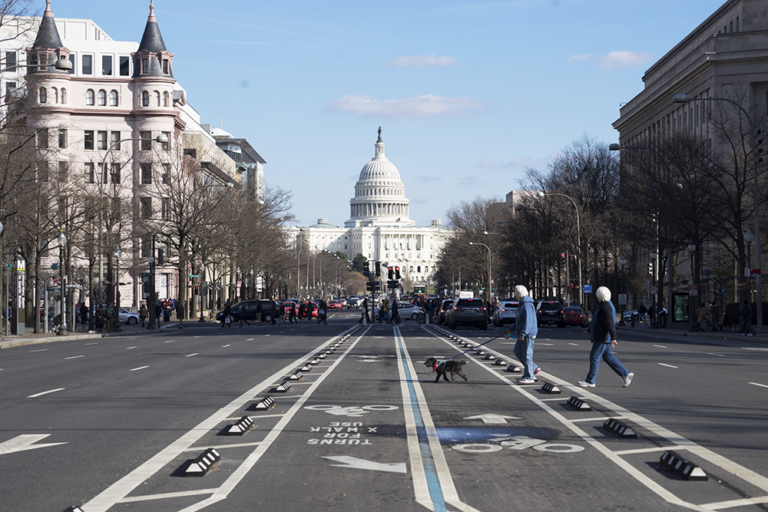The Council of the District of Columbia officially began its redistricting process Sept. 29 after a five-month delay because of the COVID-19 pandemic.
In the redistricting process, government officials will use population data from the 2020 census to redraw boundaries to balance population numbers in each of Washington, D.C.’s eight wards. Originally scheduled to begin in April 2021, the process was postponed after the United States Census Bureau delayed the release of the official 2020 census from March 31 to Sept. 16.

Now that the official census data has been released, the D.C. Council subcommittee on redistricting, made up of the at-large councilmembers who do not represent a specific ward, will have 90 days to finalize new maps. As part of the process, the committee will hold public hearings and analyze constituent suggestions for new maps submitted through an online redistricting tool before presenting a final planto the D.C. Council for a vote.
Engaging the public in the redistricting process will help inform citizens about the political landscape in D.C., according to Amanda Farnan, communications director for the office of Councilmember Christina Henderson (I-At-Large).
“There is a tool online where residents can go and redraw the lines with what they think may be fair or just and then submit those maps to the Council,” Farnan said in a phone interview with The Hoya. “The Council, of course, is looking forward to reviewing those maps and will take those recommendations into account when deciding on the lines.”
Currently, the councilmembers expect that the boundaries for Wards 6, 7 and 8 will have to be redrawn because their population sizes shifted drastically in the past 10 years, according to Samuel Rosen-Amy, chief of staff for the office of Councilmember Elissa Silverman (I-At-Large).
“Three wards are either too big or too small and they do have to change, their boundaries must change,” Rosen-Amy said in a phone interview with The Hoya. “That’s Ward 6, which is too big by almost 18,000 people, which is really big, and then Wards 7 and 8 are both too small, by about 5,000 for Ward 7 and about 3,000 for Ward 8.”
The purpose of balancing the population sizes of the various wards is to ensure that every vote in the District has the same weight, according to Rosen-Amy.
“This is an important part of democracy, we want to ensure the principle of one person, one vote,” Rosen-Amy said. “Redistricting is an important part of that because if one or certain wards get much bigger than others it really waters down their ability to elect a representative.”
After the new ward lines are drawn and the D.C. Council votes on the new maps, Ward Task Forces will work to determine new boundaries for the Advisory Neighborhood Commission (ANC), which are the neighborhood bodies within the wards. The members of the Ward Task Forces will be appointed by the councilmember of each specific ward and will begin work to redraw ANC lines Jan. 2022, according to Farnan.
Still, the redistricting process in the District looks different compared to other places in the United States. The District is not a state, which means that the nearly 700,000 people who live in the District do not have a voting representative in the House or the Senate. The District still completes the census for U.S. population metrics.
Multiple states, like Florida, Texas and Arizona, saw lower than anticipated population counts in the 2020 census, and the District did not surpass a population of 700,000 as anticipated.
According to Farnan, this year’s census, and thus the redistricting process, may have been impacted by undercounting after there were questions over whether the census would contain questions about citizenship status.
“We do believe that there was an undercount,” Farnan said. “However, of course, the Office of Planning in D.C. will conduct their own analysis to make sure that when we redraw the lines it’s as accurate as possible.”
Still, as the redistricting process begins, it is unlikely that any resident of the District will be severely impacted by the new ward lines, because more will stay the same than will change, according to Rosen-Amy.
“At the end of the day, you haven’t actually moved where you’re living, your neighbors are still your neighbors, your services should still be provided as usual, and it doesn’t affect school boundaries,” Rosen-Amy said. “If all goes well, no one should see a significant change in their day-to-day lives.”














